As the housing market continues to adjust after years of record highs, a surprising trend is emerging in cities across the United States: more homeowners are selling their properties for less than they originally paid. While home values in many regions have stabilized or grown modestly, certain markets are seeing a rise in underwater sales—where sellers walk away with a loss instead of a profit. In this article, we highlight 13 U.S. cities where this unsettling pattern is becoming increasingly common, revealing the economic pressures and local conditions driving homeowners to sell at a financial disadvantage.
1. Rochester, New York
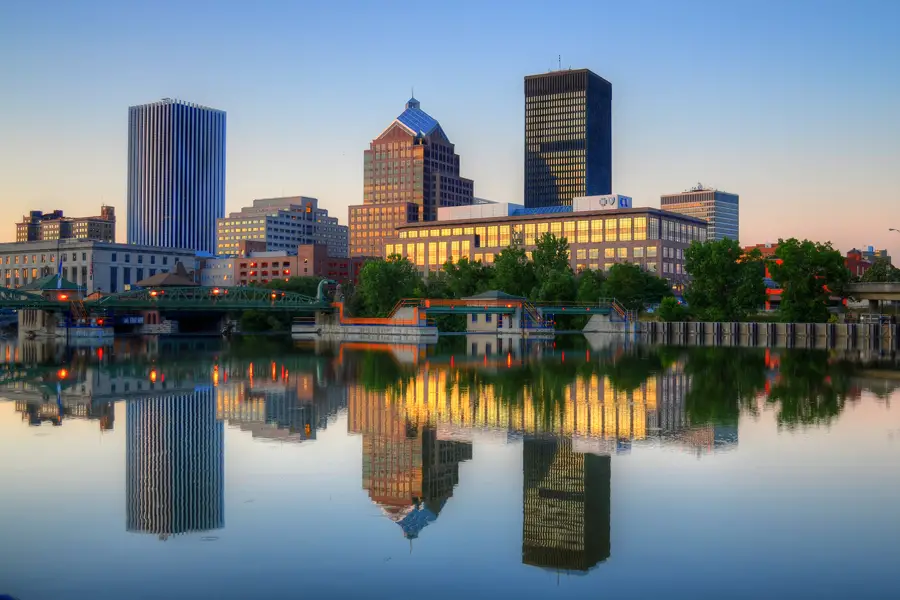
Rochester combines affordable living with access to excellent schools and healthcare. Housing prices are well below the national average, and the city offers a vibrant arts scene and plenty of family-friendly activities. Its blend of affordability and amenities makes it an underrated gem in the Northeast.
Rochester has long been an affordable housing market, but recent economic stagnation and a slow job recovery have made it difficult for homeowners to realize gains, notes Redfin. Many who purchased at peak prices during the pandemic-era housing boom are now selling in a cooling market, often at a loss, as property values plateau and demand softens.
2. Tulsa, Oklahoma
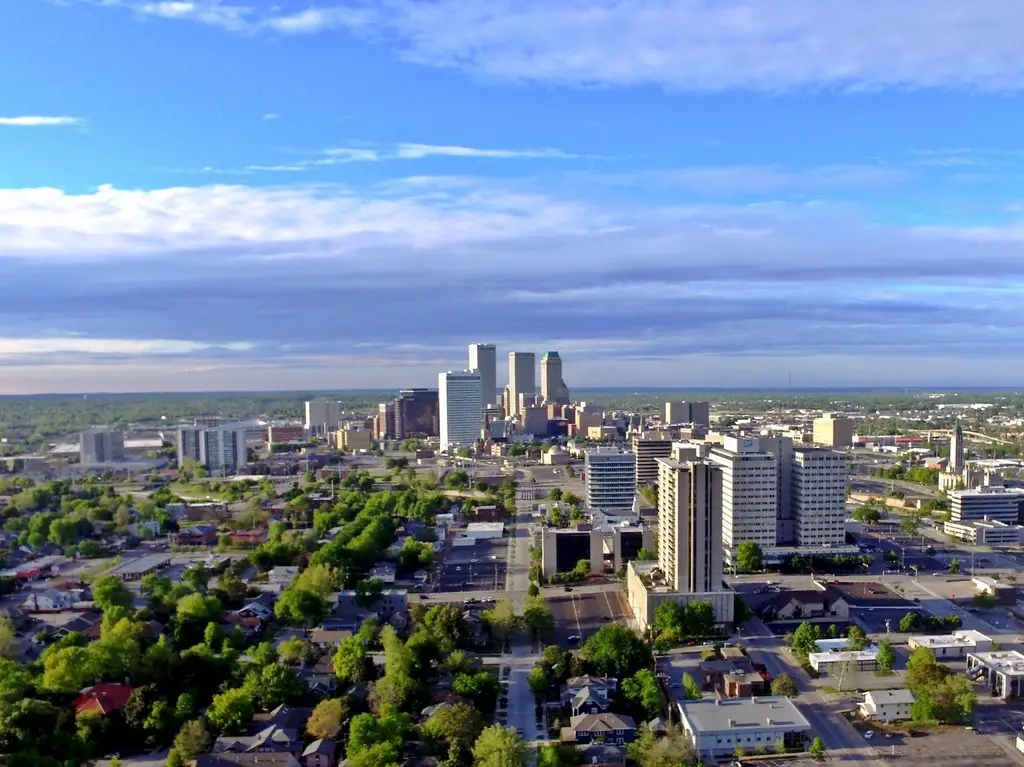
Tulsa combines affordability with a high quality of life, featuring a thriving arts scene, plenty of outdoor activities, and a growing job market. Its median home prices and rents are far below the national average, making it an ideal city for families and young professionals. The Tulsa Remote program, which incentivizes remote workers to relocate, has only added to the city’s allure.
Tulsa saw a brief housing surge driven by remote workers and affordability seekers, but that momentum has waned. With rising interest rates and limited in-migration, the demand has dropped, forcing sellers—especially those who bought recently or made costly renovations—to accept lower offers than anticipated.
3. Knoxville, Tennessee
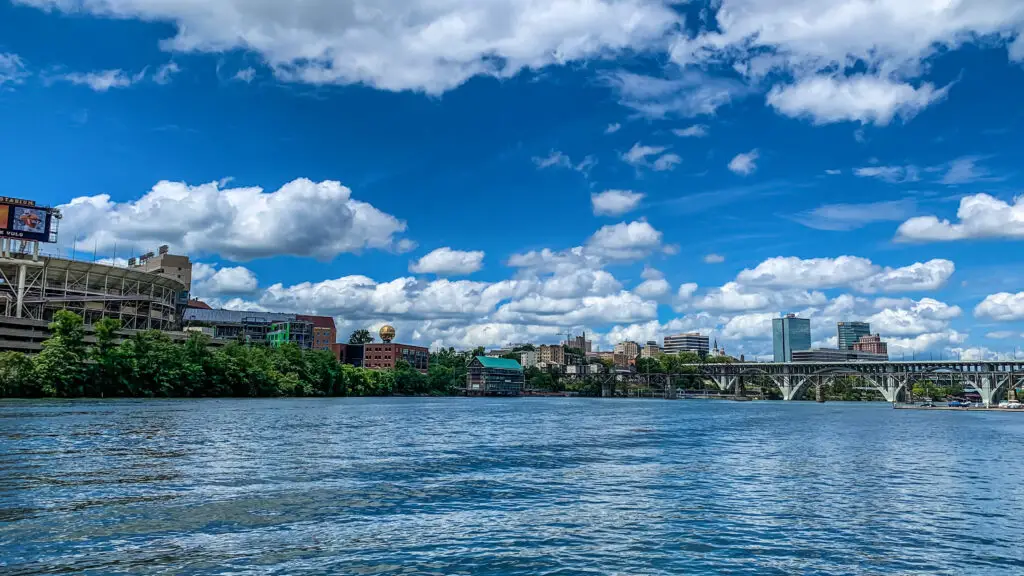
Nestled near the Great Smoky Mountains, Knoxville provides affordable housing alongside natural beauty and cultural attractions. The cost of living is notably low, with residents enjoying access to excellent outdoor activities and a vibrant downtown. Knoxville’s economy has remained steady, making it a great option for budget-conscious movers.
Knoxville’s housing market overheated during the pandemic, but its rapid appreciation was not sustainable, according to Realtor.com. As prices adjust downward and competition weakens, some homeowners who bought at the height of the market are now facing losses, particularly in suburban and newly developed areas.
4. Pittsburgh, Pennsylvania

Pittsburgh is a city that balances affordability with a strong job market, particularly in technology, healthcare, and education. Median home prices remain reasonable, and the city offers a rich mix of cultural and recreational options. Its revitalized neighborhoods and historic charm make it appealing without breaking the bank.
Despite its reputation as a stable housing market, Pittsburgh is seeing an uptick in underwater sales, especially in neighborhoods hit hard by population decline and job shifts, says the Pittsburgh Post-Gazette. Homes in older or less desirable areas are struggling to retain value, leaving some sellers with limited equity or outright losses.
5. Fayetteville, Arkansas
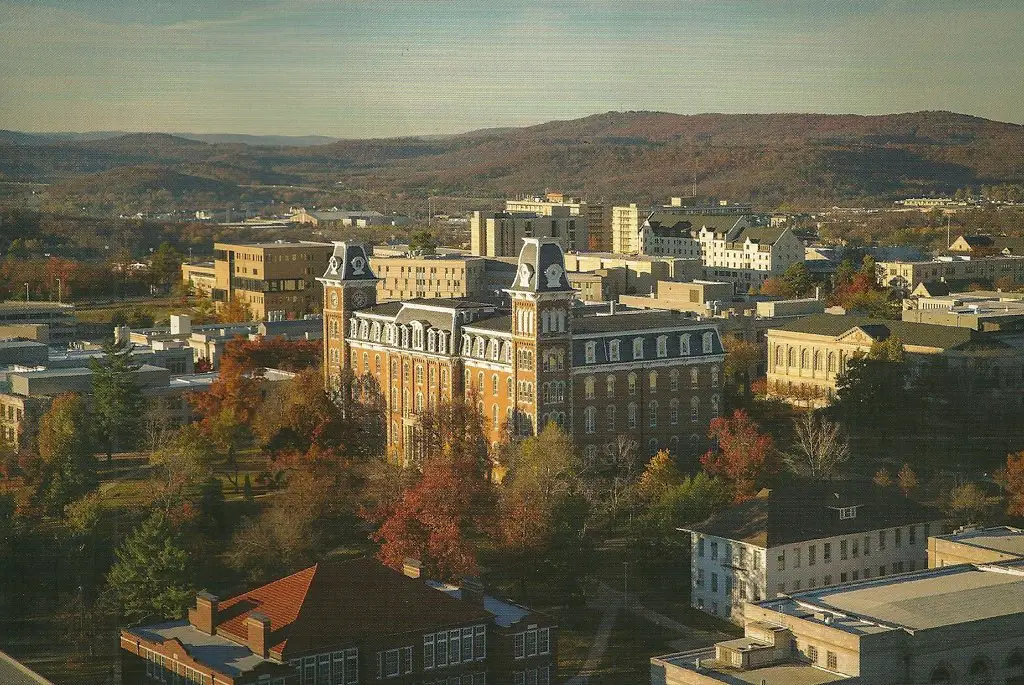
Fayetteville has emerged as an affordable hotspot thanks to its rapidly growing economy and low housing costs. As part of the thriving Northwest Arkansas region, it boasts excellent schools, scenic parks, and a vibrant arts community. Despite its growth, Fayetteville remains an accessible place to live for families and professionals alike.
Fayetteville’s growth cooled after a red-hot market fueled by university and tech industry interest. With more inventory and fewer bidding wars, sellers who bought during the frenzy are now finding that prices have normalized, and their homes may not fetch the same high returns they expected.
6. Des Moines, Iowa
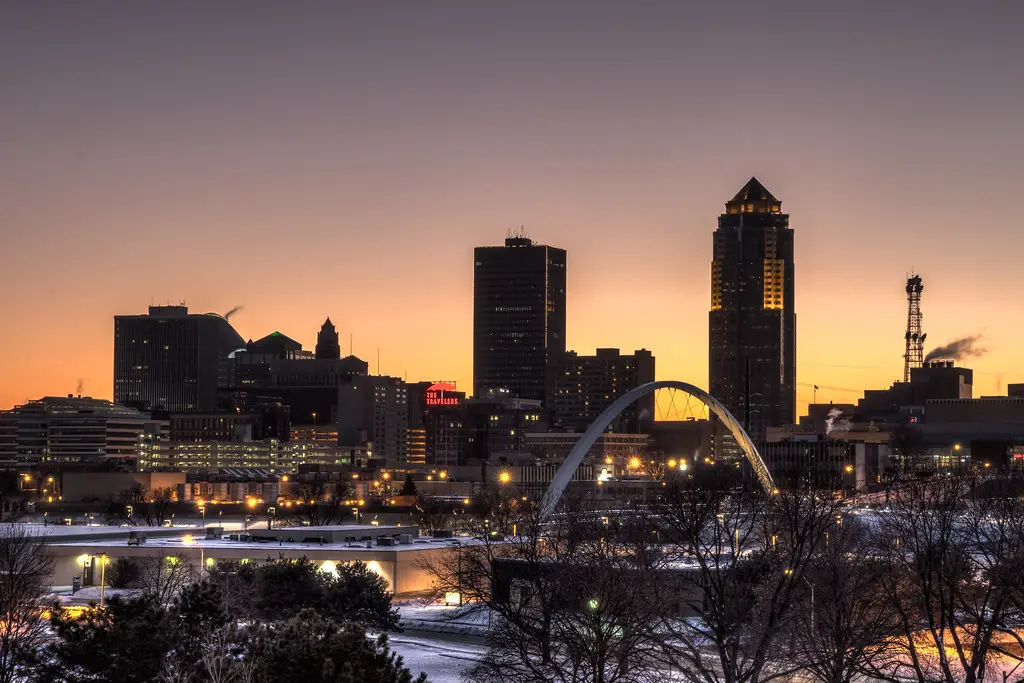
Des Moines offers a small-town feel with big-city opportunities, all at a highly affordable cost. Housing prices are among the lowest in the nation, and the city is known for its welcoming community and excellent public services. Its expanding job market makes it an attractive option for families and young professionals.
Des Moines experienced modest growth during the housing boom, but as mortgage rates climbed, demand faltered. Some sellers are finding that buyer interest is lagging behind previous price expectations, forcing price cuts that dip below original purchase values—especially for newer developments on the outskirts of town.
7. Columbus, Ohio
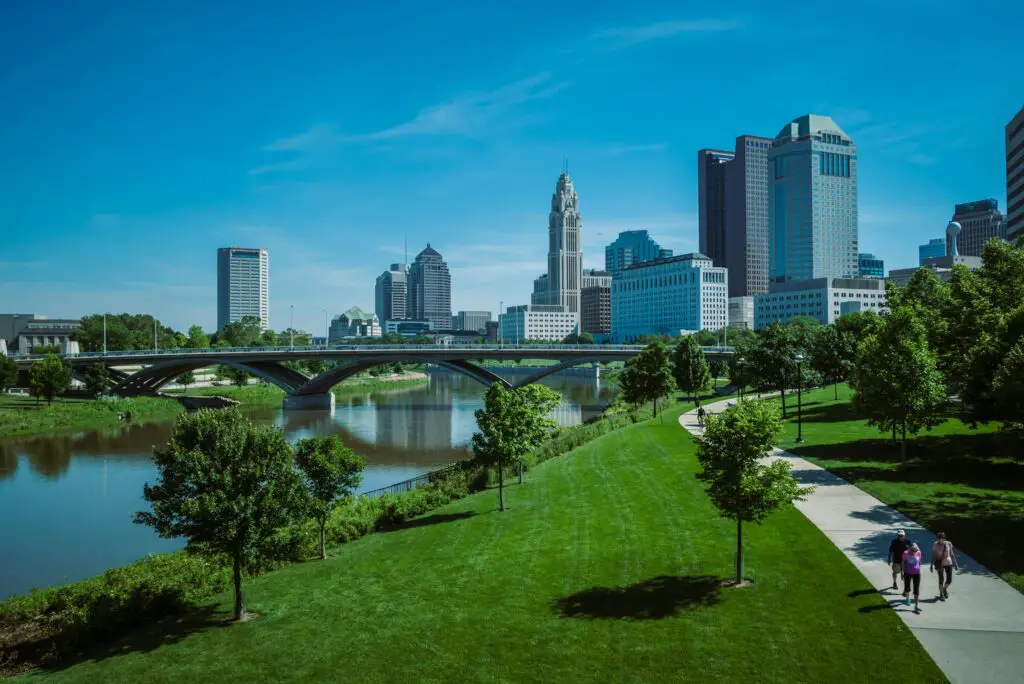
Columbus combines a diverse economy with affordable housing, making it one of the Midwest’s hidden gems. The city’s tech and education sectors are booming, providing ample job opportunities. Residents enjoy a low cost of living while benefiting from vibrant cultural and dining scenes.
Columbus saw a housing run-up during the pandemic, but slowing population growth and rising inventory have led to price corrections in 2025. Homeowners who stretched financially to buy during the boom are now seeing values fall below their mortgage amounts, particularly in outer-ring suburbs.
8. Mobile, Alabama
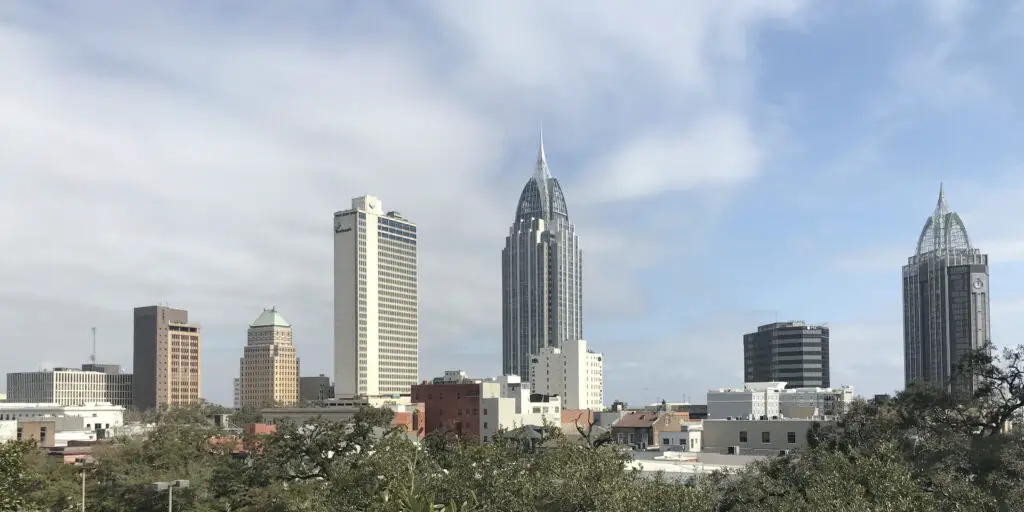
Mobile offers historic charm and Southern hospitality at a price point that’s hard to beat. Housing remains exceptionally affordable, and the city’s waterfront location adds to its appeal. With a mild climate and a growing economy, Mobile is becoming an increasingly attractive option for budget-conscious movers.
Mobile’s real estate market never reached the highs of larger metros, but it still experienced inflation during the pandemic. Now, with economic challenges and tepid buyer interest, some sellers are offloading homes at a loss—especially those who bought fixer-uppers expecting quick returns.
9. Wichita, Kansas
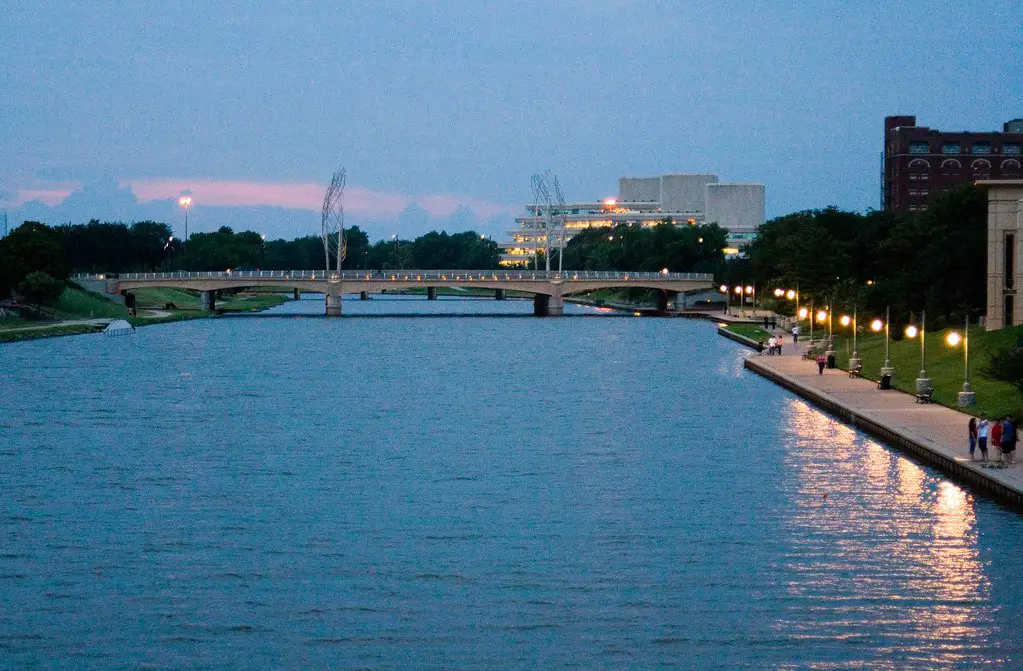
Wichita is one of the most affordable cities in the country, with low housing costs and an inexpensive overall cost of living. The city offers a strong job market in industries like aerospace and manufacturing, along with excellent public schools. Wichita’s combination of affordability and amenities makes it a great choice for families.
Wichita’s housing prices rose during the nationwide real estate frenzy, but demand has softened considerably. Without the population growth to support high valuations, sellers are increasingly cutting prices, and some are closing deals below their original purchase costs to avoid prolonged listings.
10. Omaha, Nebraska
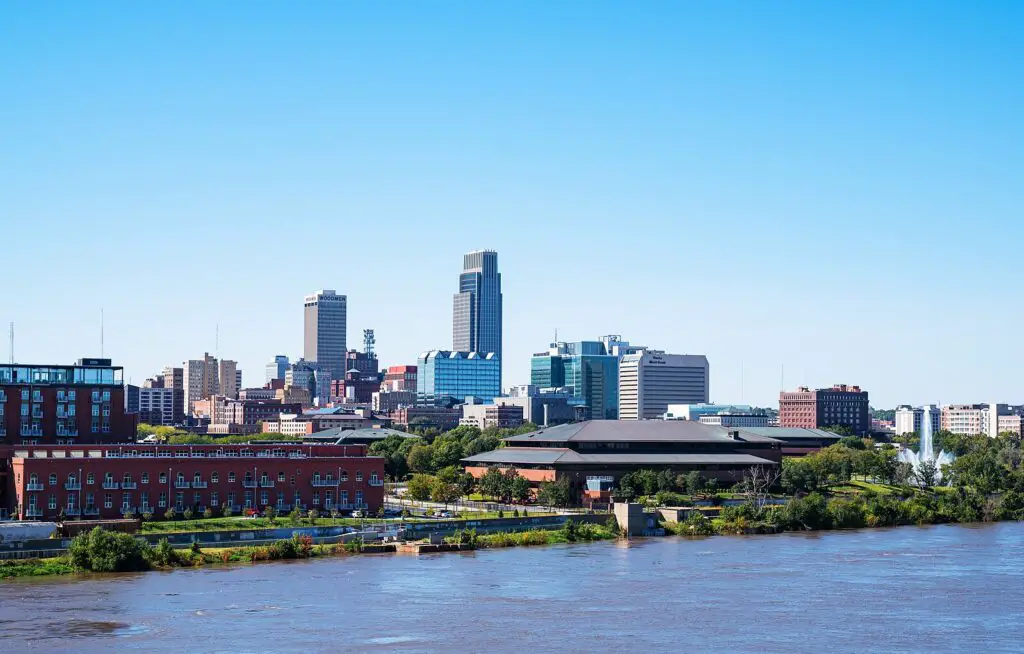
Omaha provides a high standard of living at a fraction of the cost found in many other U.S. cities. Its housing market is affordable, and the city boasts a strong economy driven by industries like finance, healthcare, and technology. Omaha’s friendly atmosphere and excellent schools add to its appeal.
Omaha saw a boom in home buying fueled by affordability and remote work interest, but the local market has cooled. With rising interest rates and less investor activity, some homeowners are finding it difficult to break even, especially in newer developments with excess supply.
11. Little Rock, Arkansas
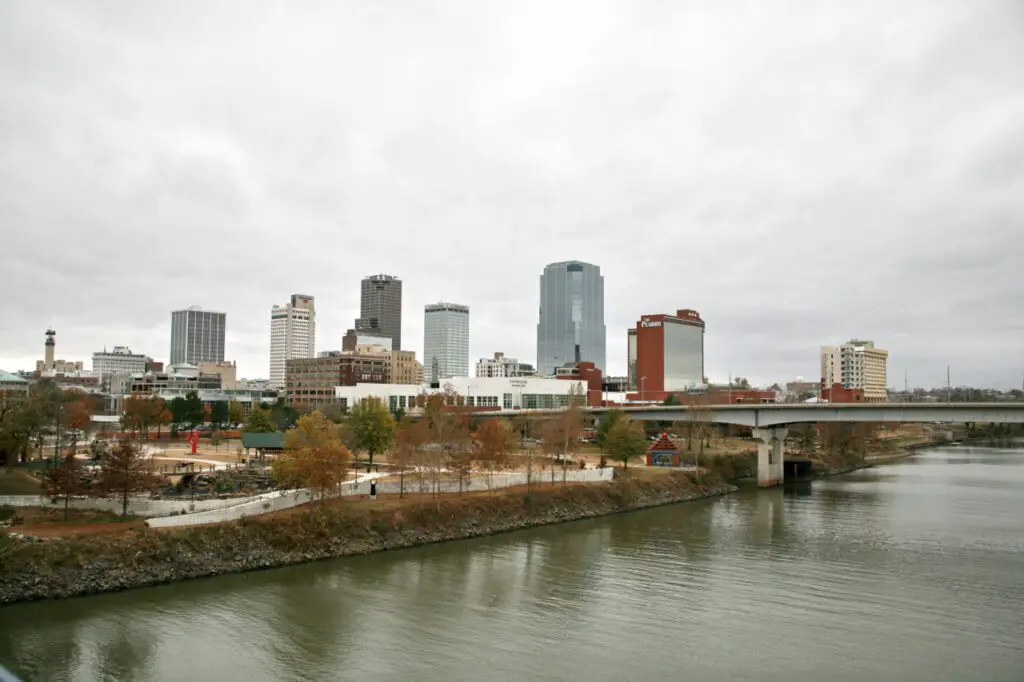
Little Rock offers affordable housing and a relaxed pace of life, with plenty of outdoor recreation opportunities nearby. The cost of living is far below the national average, and the city has a growing job market. Residents also benefit from a charming downtown and thriving arts scene.
Little Rock’s market was lifted by pandemic-era buyers seeking lower-cost alternatives, but that growth has stalled. Slower economic development and elevated mortgage costs are dampening demand, leaving some homeowners forced to accept offers below their original purchase prices.
12. Albuquerque, New Mexico
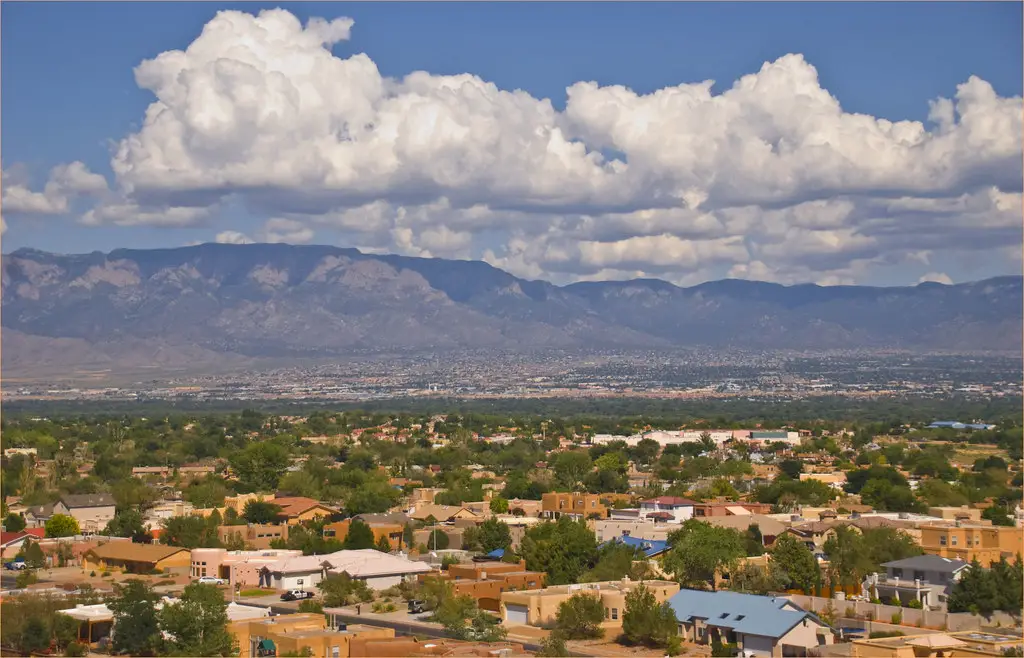
Albuquerque is an affordable option for those seeking a blend of urban living and natural beauty. Housing prices are reasonable, and the city offers a wealth of outdoor activities, cultural festivals, and delicious cuisine. Its sunny climate and low cost of living make it a great option for retirees and young professionals alike.
Albuquerque benefited from a spike in remote-worker interest, but that influx has tapered off. Now, as housing prices adjust and fewer buyers enter the market, some sellers—especially those who bought during the 2021–2022 peak—are facing negative equity and reduced asking prices.
13. El Paso, Texas

El Paso is one of the most affordable cities in Texas, with low housing costs and a strong sense of community. The city’s location on the U.S.-Mexico border adds cultural richness and access to authentic cuisine. With a mild climate and a stable economy, El Paso offers budget-conscious residents plenty of reasons to stay.
El Paso’s market remains affordable relative to other Texas cities, but values have dipped in some neighborhoods due to high interest rates and limited wage growth. Sellers who bought at inflated prices or over-improved their homes are now taking losses to move on in a more cautious market.
